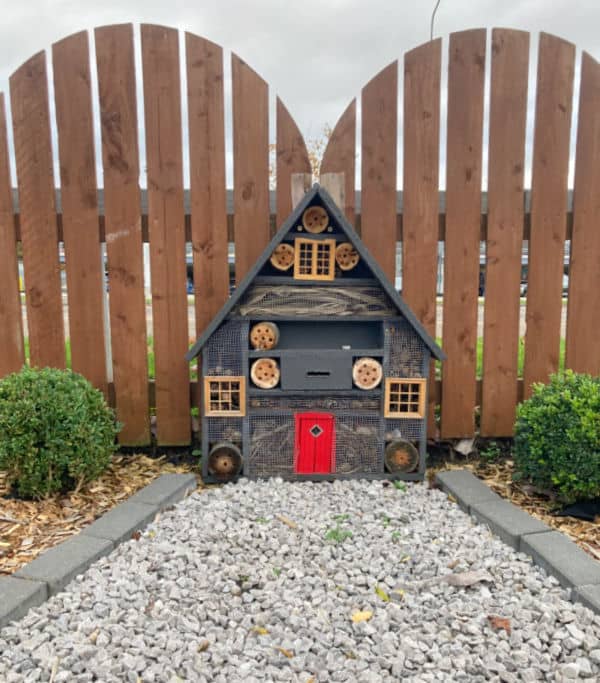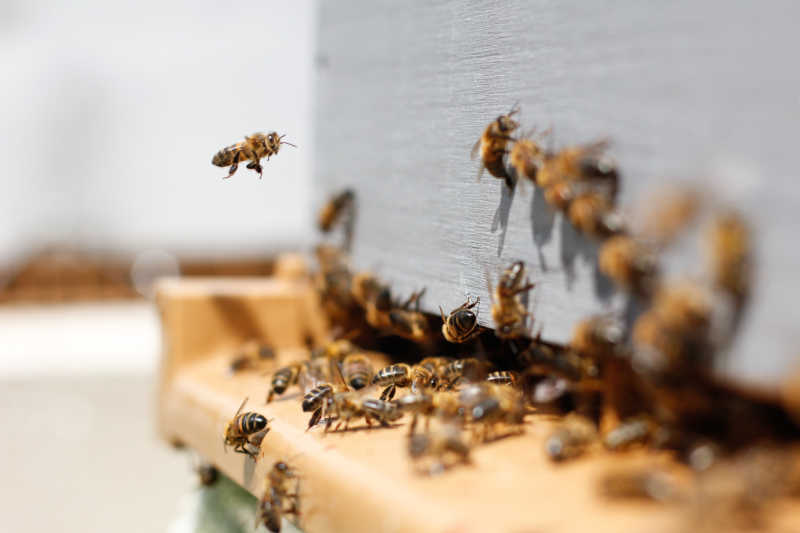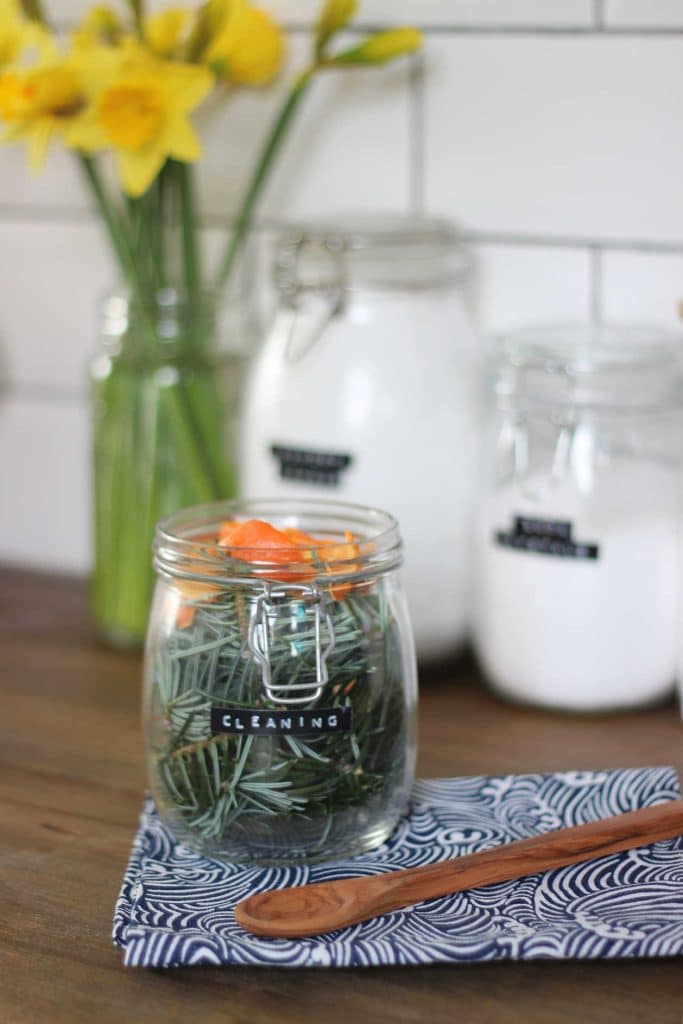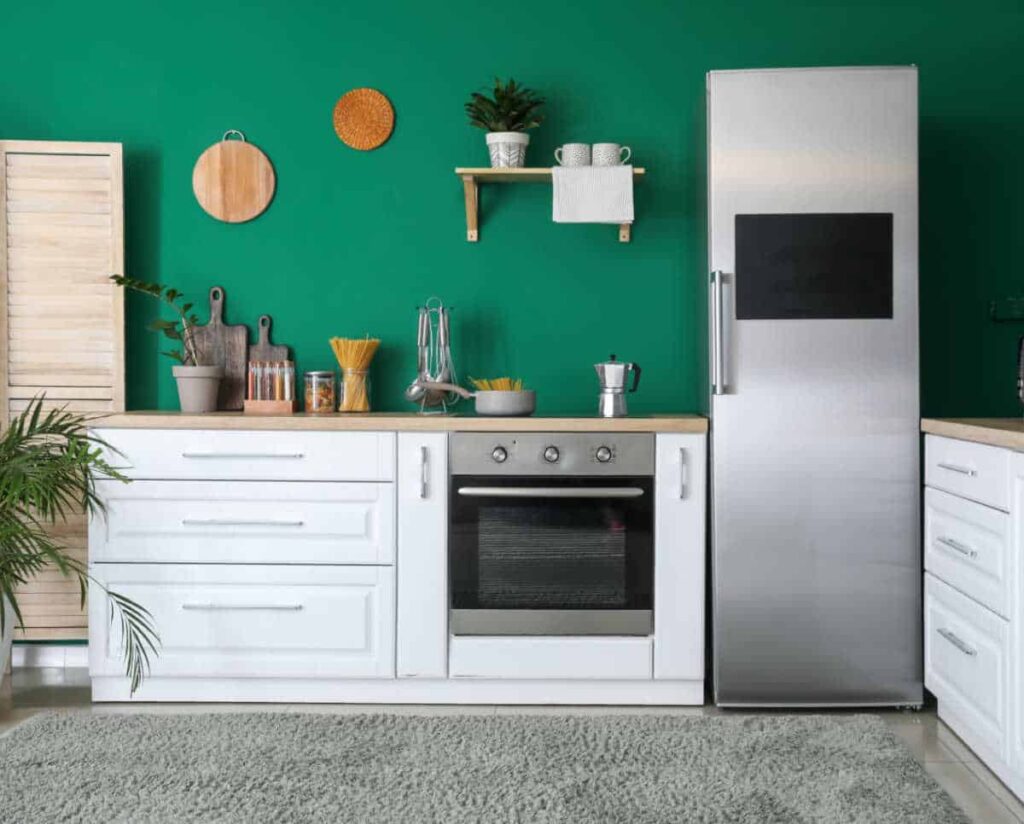How to Help Bees When You Don’t Have A Garden
To support the running costs of Moral Fibres, this post contains affiliate links. This means Moral Fibres may earn a small commission, at no extra cost to readers, on items purchased through these links.
Be a friendly person, with this handy guide on how to help bees even when you don’t have a garden.
Whether vividly striped, flamboyantly fluffy or teeny tiny in size, like the Small Scissor Bee, bees are vital to our planet. They’re also in big trouble.
Bees are vitally important because they contribute to a healthy functioning ecosystem. And with at least a third of the plants we eat being directly or indirectly dependent on being pollinated by bees, it’s safe to say that without bees, our food choices would be extremely limited.
Despite their importance, bees and other pollinators are under threat. Between a deadly quartet of decreasing natural habitats due to development, the spread of disease, wetter summers, and the recent decision to reintroduce the use of pesticides harmful to bees, bee populations are plummeting fast. 35 of the 270 UK bee species are under threat of extinction, and all species face serious threats.
If you don’t have a garden it can be tricky to know what to do to help. But worry not, I’ve got eight ideas of actions flat-dwellers (or anyone, really) can take to help the bees.
How to Help Bees If You Don’t Have A Garden

Ready to ‘bee’ a friendly person? Here are my top ideas to help our fuzzy friends:
- Be A Window Box Gardener
- Install A Bug Hotel
- Avoid Feeding Bees Sugar Water
- Buy Bee-Friendly Products
- Sign Bee Petitions
- Choose Responsibly Sourced Honey
- Support Bee-Friendly Charities
- Harness The Power Of Social Media
1. Be A Window Box Gardener
A lack of outdoor space doesn’t mean you can’t cultivate a bee-friendly haven. Windowboxes are an easy and practical way to grow nectar-rich plants.
Opt for bee-friendly botanicals, such as thyme, oregano or rosemary. As an added bonus, you can spice up your cooking without resorting to supermarket herbs packaged in plastic.
Alternatively, opt for easy-to-grow flowers that are prized by bees. As a starter for ten, lavender, marigolds and nasturtiums are great windowbox plants that not only spruce up your space but also provide vital food for bees.
If windowboxes are too tricky to install, consider a hanging basket, or even just a pot or two of bee-friendly plants beside your door. Something is always better than nothing.
2. Install A Bee Hotel On Your Wall

Even if you don’t have a garden, you probably have a wall. If you have permission to affix something to the wall, then consider adding a bee hotel. It could be the best thing you could do to help the bees – particularly for solitary bees, such as mason bees and leafcutter bees. After all, there are around 270 species of bee in the UK, just under 250 of which are solitary bees.
These bee-joux spaces don’t have to be 5-star all-inclusive resorts. You can purchase one cheaply from any garden centre, or make your own by drilling holes into a wooden block or putting some bamboo tubes in an old wooden box. Then sit back and watch as the bees check in and out.
3. Offer Thirst-Aid Wisely
If you find a sleepy-looking bee on the ground, you might be tempted to offer up some sugar water. Don’t be so quick to offer thirst-aid though. Bees often rest on the ground as part of their day, and unnecessarily feeding them sugar water could prevent them from seeking out nectar and pollen.
I’d recommend first reading up on how to revive tired bees correctly. Don’t worry, you don’t have to look far, I’ve totally got a guide for that.
4. Opt For Bee-Friendly Products
Another easy way to help the bees is to choose to buy products that support bee conservation projects.
Some stores, including Neal’s Yard, are donating 3% of every product sold from its Bee Lovely Collection to projects that help save the bees. Meanwhile, Yope’s Linden range is dedicated to rescuing bee habitats. Part of the profits from the Linden range is donated to bee-friendly charities that focus on creating wildflower meadows.
5. Sign Petitions
Prefer some armchair activism? you can sign petitions and email your local MP about how banned bee-harming pesticides are now approved for use in the UK. This is despite the fact that scientific studies have linked the use of these chemicals to the falling numbers of honeybees, wild bees and other plant pollinators.
A few minutes of your time spent signing a petition, like this one from Greenpeace or crafting an email to your local MP can go a long way in helping our fuzzy friends.
6. Choose Responsibly Sourced Honey

You can also help the bees by buying your honey from responsible suppliers. This is because poorly managed farmed honey bee colonies can suffer from a disease called Colony Collapse Disorder. It’s believed to be linked to poor nutrition, and poor bee management.
If you can, buy your honey from local beekeepers who practice bee-friendly bee-keeping. Asking through your local Facebook page for recommendations is often a good place to start.
7. Support Bee-Friendly Charities
Another way to take action to help the bees without a garden is to support bee-friendly charities.
Financially you can gift a one-off donation, or set up a monthly direct debit. Alternatively, you could raise funds, for example, by holding a bake sale at work, college, or the local fete. You could then donate the takings to a bee-friendly charity, such as the Bumblebee Conservation Trust.
Alternatively, you could volunteer with organisations that focus on bee conservation. Whether that’s participating in events, workshops, and awareness campaigns to help spread the word about the important jobs that bees do, or helping with admin work, there’s a role for you.
8. Harness The Power Of Social Media
Finally, another easy option to help our fuzzy friends is to use your voice. That needn’t be tricky. Simply take to social media to raise awareness about the challenges bees face, and the importance of their role in our food system. As a starter, you could share articles with your friend and/or followers, as well as news and tips on how to help bees, so that you gently encourage others to join the good fight.
What Will You Do To Help?
Inspired? Let me know in the comments below if you do any of these or come up with your own ideas.
Found this post useful? Please consider buying me a virtual coffee to help support the site’s running costs.





I really like this page found by chance. I’ve seen several bees enjoying my window box and potted plants on my stairs this sunny June morning – I currently rent a house in urban area, no garden – but I am really keen to support bees and other pollinators – I try to live a sustainable life style and for more than 30 years have been environmentally friendly….